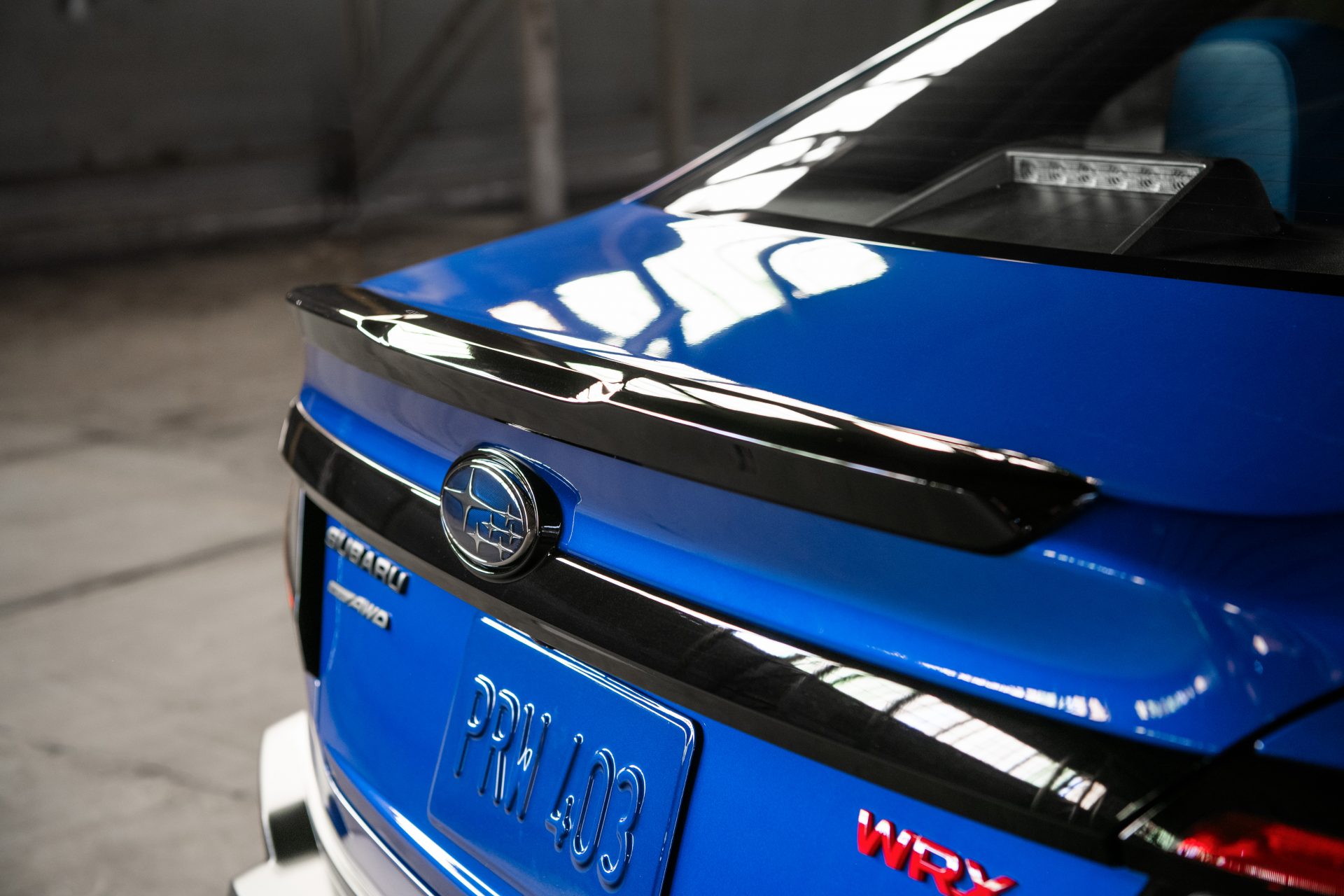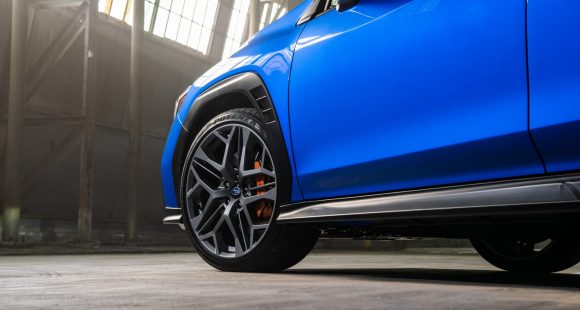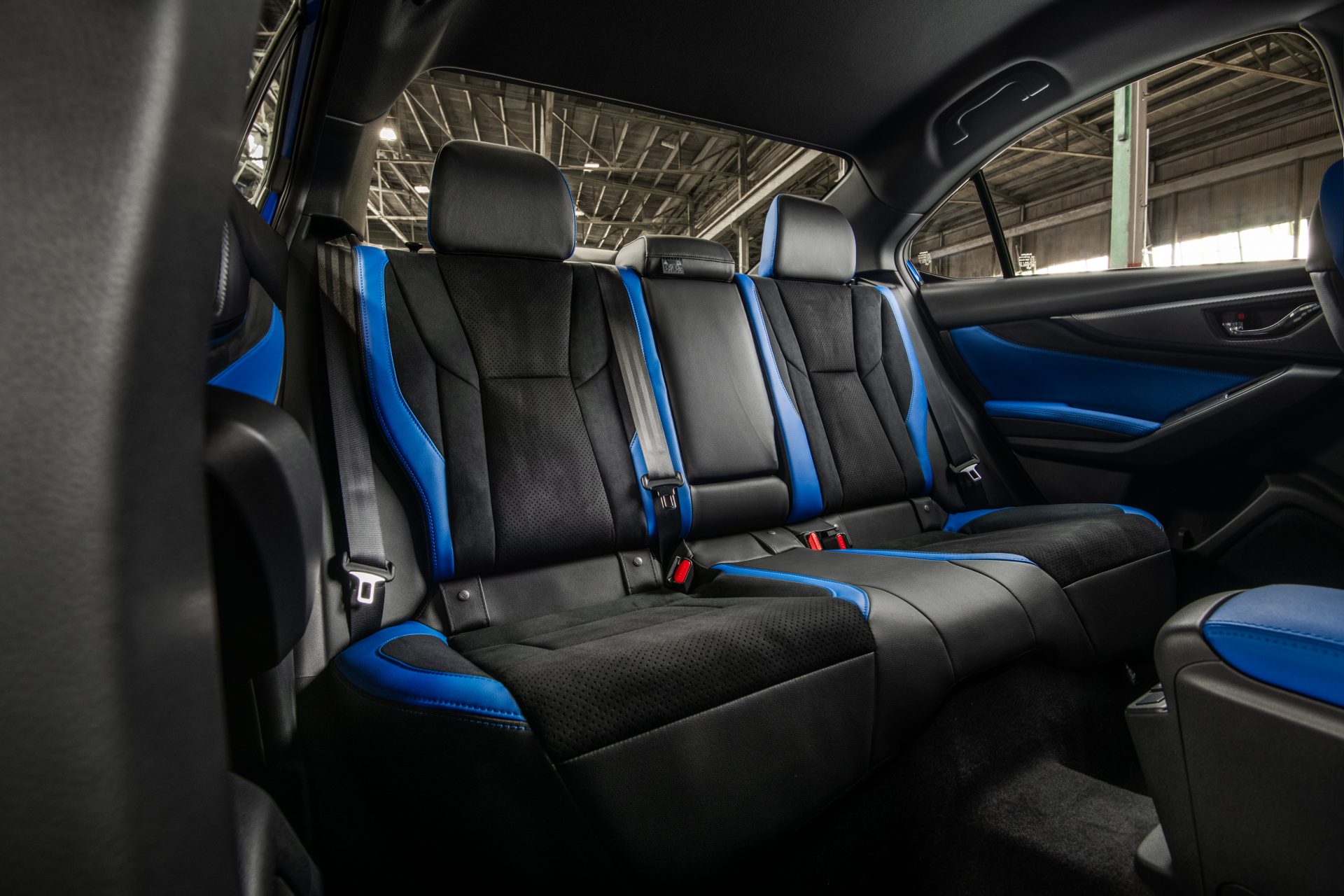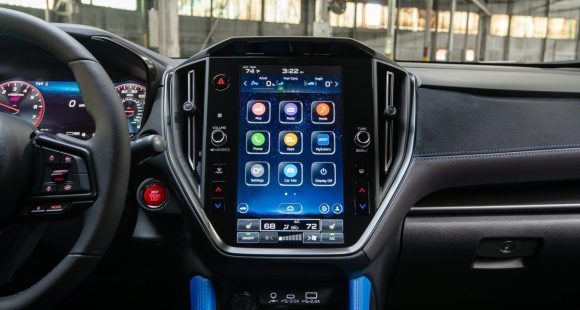2014 Land Rover Range Rover Sport
With last year’s near total transformation of Land Rover’s Range Rover, sales for the ruggedly premium utility brand are up double digits. Indeed, November was one of their best U.S. sales months ever. Well, now they hope to spread a little of that success to their bestselling model, the Range Rover Sport. So, let’s find out if they can keep the momentum going.
A big part of the 2014 Range Rover Sport’s appeal is, without a doubt, that “go anywhere in luxury” tradition of the Land Rover brand. But just like many other builders of traditional SUVs, if they want to increase sales numbers, as Land Rover surely does, their utilities will have to become even more refined.
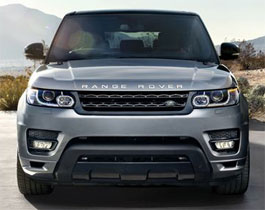 And, that’s clearly what was intended with the new Sport. Developed alongside the also-new Range Rover that launched just last year, the Sport shares the same all-aluminum architecture and 800-pound weight loss despite growing larger and more functional.
And, that’s clearly what was intended with the new Sport. Developed alongside the also-new Range Rover that launched just last year, the Sport shares the same all-aluminum architecture and 800-pound weight loss despite growing larger and more functional.
For differentiation, the Sport’s front-end styling is more Evoque than Range Rover, but with the slant-back image of previous generations still intact. It looks slick and rugged; though more than a few of our staffers also pointed out a resemblance to the Ford Explorer. The blacked out pillars and rear glass give it a wraparound visor treatment, with a thick spoiler topping the hatch.
V6 models ride on 19-inch wheels, V8s on 20s. Both V6 and V8 come supercharged, with an incredibly smooth 8-speed automatic transmission and permanent 4-wheel-drive.
The brute of the two V’s is our tester’s 5.0-liter eight. It cranks out 510-horsepower and 461 lb-ft. of torque, and sounds nastier than any SUV we can remember.
 But it’s the interior presents perhaps the biggest visual change where things are simpler, cleaner, more logical, all while becoming roomier. Space was sorely needed in the back seat where the added leg room is appreciated. Still even more is needed for normal adults so those in the front don’t have to move their seats forward.
But it’s the interior presents perhaps the biggest visual change where things are simpler, cleaner, more logical, all while becoming roomier. Space was sorely needed in the back seat where the added leg room is appreciated. Still even more is needed for normal adults so those in the front don’t have to move their seats forward.
New this year is an optional child-size third row. There are loads of interior choices for color and wood tones, and just about all the creature comforts you could ask for including a big sunroof and power rear hatch. Everything works well, and the IP layout is excellent; a beautiful mix of needles and dials with the digital age meeting Land Rover tradition.
Despite the increasingly refined nature, on the road it still feels like a truck, which is just fine by us. It soaks up road imperfections much better than before, there’s a commanding view from the driver’s seat, and no matter the road surface it feels incredibly composed, smooth, and never harsh. It’s probably the best riding SUV out there, managing to still feel like a Land Rover with that go anywhere sensation, just a super smooth one.
Even at higher speeds, the Sport feels flat and sporty, making you want to go faster than you should through corners, but don’t worry, electronic nannies have your back. For a vehicle that weighs over 47–hundred pounds it responds very light. The Enhanced Electronic Air suspension’s Auto mode reacts promptly, and Dynamic mode firms things up to sport sedan territory. Land Rover claims it’s their most agile UTE ever, and we can’t help but agree.
An early winter storm prevented us from really pushing the Sport to its limits at our test track, but did provide us a chance to fully experience Terrain Response 2’s snow setting. While the standard V6 is probably more than up to the task of carpooling and mall running, it’s big V8 power that we crave and the Sport has a huge amount of it, delivering it in a very luxury car-like fashion.
 Acceleration is brisk, hitting 60 in as little as 5.0-seconds. Of course you have to pay on the back end with Government Fuel Economy Ratings of 14-City, 19-Highway, and 16-Combined. We managed 16.6 miles-per-gallon of Premium in mixed driving. That makes for a poor Energy Impact Score, with 20.6-barrels of oil being consumed per year and 9.4-tons of CO2 emitted.
Acceleration is brisk, hitting 60 in as little as 5.0-seconds. Of course you have to pay on the back end with Government Fuel Economy Ratings of 14-City, 19-Highway, and 16-Combined. We managed 16.6 miles-per-gallon of Premium in mixed driving. That makes for a poor Energy Impact Score, with 20.6-barrels of oil being consumed per year and 9.4-tons of CO2 emitted.
If we’ve got a nit to pick, it’s the very noticeable stop/start system, though some harshness might be expected when you’re instantly igniting this much engine. But, you really don’t expect any roughness with a vehicle with a base price of $63,495. V8’s begin at $79,995.
So you’ll need to bring the bucks, but you will be very satisfied; as there’s no denying that the 2014 Land Rover Range Rover Sport is vastly better than before. It’s a lot more refined without losing any of its Land Rover-ness. A formula that many other brands have been unable to duplicate, and a recipe that will keep the momentum going for Land Rover.
Specifications
- Engine: 5.0-liter
- Horsepower: 510
- Torque: 461 lb-ft.
- 0-60 mph: 5.0 seconds
- EPA: 14 mpg city/ 19 mpg highway
- Energy Impact: 20.6 barrels of oil/yr
- CO2 Emissions: 9.4 tons/yr
2025 Subaru WRX tS
Subaru’s “World Rally eXperimental” Gets Tecnica-Tuned Tech
Building on its global rally heritage, WRX has been a standalone Subaru nameplate, marketed separately from garden variety Impreza, for two generations now. And while the current WRX still lacks the full STI treatment, this WRX tS serves up some of that high-performance spice we’ve been longing for.
Before we go flat out into our Track Test of this 2025 Subaru WRX tS, lets open the Subaru dictionary so we’re all on the same page. “tS” stands for “tuned by STI;” and “STI” is an acronym for “Subaru Tecnica International,” the brand’s high-performance sub-group best known for upgrading the WRX— oh, that stands for “World Rally eXperimental,” in case you didn’t know.
All that said, STI has been largely dormant for this WRX generation, but this tS sprinkles more of their engineering magic into the mix. No, that doesn’t mean extra power, but does mean significant chassis-related improvements.
First, electronically controlled dampers, adjustable through the 11.6-inch tablet-style infotainment screen. That meant a softer “comfort” mode on the 10+ hour commute to and from Savannah’s Roebling Road Raceway. But once we were there, it was the firmer “Sport+” setting all the way, heightening response from the WRX’s throttle and already quick dual-pinion power steering system. There’s still some body roll for rally-esque weight transfer, but it’s well sorted and provides the “toss-ability” you want in a WRX.
Though if you do autocross your tS, which we implore you to do, you might feel the six-piston front, two-piston rear Brembo brakes first. The bite is strong, giving good rotation in the corners and plenty of “halt” for this 3,400 lb. compact with minimal fade, keeping us on track all week…until some unfortunate winter weather passed overhead. No worries here, as Subaru’s Symmetrical All-Wheel-Drive system got us to the track for some powdered deserts: Frosted donuts served up Michelin style, a set of winter tires different from the grippy Bridgestone Potenza S007 rubber the tS typically rides on. Some prior hot laps of California’s Sonoma Raceway gave credence to those Bridgestones, and showed us what this hot-compact can do in ideal conditions.
It’s well sorted and provides the “toss-ability” you want in a WRX.
Other tS enhancements are cabin-based, namely these beautiful blue Recaros. Most of our staff appreciated their moderately-aggressive bolstering on both street and track. And they’re even heated, too. Another tS-only appointment is this 12.3-inch digital gauge display. It mimics the standard analog gauges with some additional info, but can switch to a navigation mode for more convenient route guidance.
We do wish our tS came in the new Galaxy Purple or the trademark World Rally Blue, but this Crystal White paint wasn’t too shabby, contrasting its Cherry Blossom Red badging and blacked-out lip spoiler. Otherwise, the tS is like any other WRX, down to the hood scoop funneling air to the top-mounted intercooler.
Underneath is the same turbocharged 2.4-liter flat-four in all other trims, boxing at 271 horsepower and 258 lb-ft of torque. The freak winter weather stopped straight-line testing, but a 0-60 time estimate of 5.5 seconds is about as spry as you realistically need, pulling strong through most of the tach; though the 6,000 RPM redline required attentive shifting of the six-speed box, which the tS comes exclusively with. The throws are precise, if a little long, and the clutch is wonderfully weighted.
With discontinuation of the Base trim, pricing for the WRX now starts with Premium at $36,920. The tS is at the top of the lineup with the automatic-only GT, both starting at $46,875. All WRXs continue to be made in Gunma, Japan.
If you’re an enthusiast itching to do the tuning yourself, perhaps the 2025 Subaru WRX tS is not for you. But if you want a plug-and-play experience, this is it. While it won’t exactly bestow the loose-cannon, top-level driving skills exhibited by famous WRC drivers upon you, the tS moves this WRX’s game in a direction we’ve so desperately wanted Subaru to take.
Specifications
As Tested
- Engine: 2.4-liter flat-four
- Tranmission: 6-speed manual
- Horsepower: 271
- Torque: 258 lb-ft















